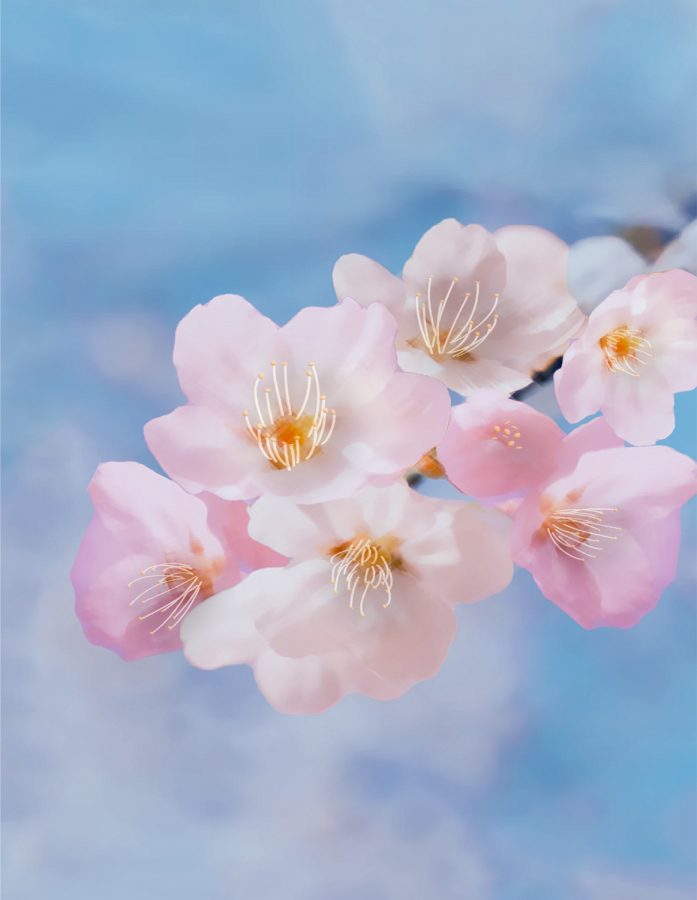WSU researchers aim to achieve ‘ideal’ cherries with new genetic material
Researchers exchange germplasm, evaluate seedlings from fully-grown cherry offspring
Researchers could spend almost 20 years waiting to release their new cherries, considering seedlings take several years to grow flowers and fruit.
June 6, 2022
Within the next ten years, WSU researchers hope to create superior and resilient cherry varieties with genetic material from Sun World International, a private plant breeding company.
The goal of this partnership is to create cherries that are larger, ripen earlier and have a better taste, said Per McCord, associate professor at the Irrigated Agriculture Research and Extension Center.
“The cherry industry is interested in early ripening varieties because the price is better early in the season,” he said. “We are looking for new sources of earliness [and] new genetic material in general.”
WSU and Sun World will exchange varieties of germplasm, collections of genetic material used in plant breeding to establish a new plant or introduce new traits to a flower. Different germplasm varieties include pollen, vegetative cuttings and seeds, said Terrence Frett, cherry and grape breeder and molecular specialist at Sun World.
Each party exchanges an advance selection of germplasm from different points in the season. WSU will exchange mid-season materials for Sun World’s early-season germplasm. The selection includes seedlings and pollen, Frett said.
This exchange will create resilient cherries better adapted to changing temperatures and season length, he said.
McCord said the varieties of germplasm received from Sun World are used in cross-pollination, where a plant or flower is pollinated by another plant or flower.
“We will use it just as a parent and simply use the material received from [Sun World] to make cross combinations of our material to try and get some superior new cherry varieties,” he said.
Pollination is done by hand to ensure control over conditions and desired traits of cherry offspring. A small amount of pollen is applied to the stigma, or tip, of the flower’s female sex organ, McCord said.
The fruit’s development determines the success of the cross-pollination. If successful, he said the crop is harvested during the season and evaluated. The offspring are then planted and harvested next season.
When the cherry offspring are fully grown, their seedlings are examined. Germplasm from the superior offspring is exchanged with Sun World and used as a parent in breeding. The process is repeated until an ideal cherry variety is achieved, McCord said.
“We are looking at that new seedling for its characteristics, and — if we like it — then we can use it as a parent,” he said. “The main goal is to find a new seedling that is superior.”
The partnership between WSU and Sun World also allows both parties to collaborate and establish a connection, supporting both academia and industry, Frett said.
McCord said the partnership formed this year and is currently in its beginning phase. The project will continue for about ten years, and McCord’s team does not expect to release a new cherry variety soon.
“It could take my group 20 years to release [a new variety] from [the] material,” he said. “A cherry seedling must grow for several years before it is old enough to flower and produce fruit.”









